To provide the best experiences, we use technologies like cookies to store and/or access device information. Consenting to these technologies will allow us to process data such as browsing behaviour or unique IDs on this site. Not consenting or withdrawing consent, may adversely affect certain features and functions.
The technical storage or access is strictly necessary for the legitimate purpose of enabling the use of a specific service explicitly requested by the subscriber or user, or for the sole purpose of carrying out the transmission of a communication over an electronic communications network.
The technical storage or access is necessary for the legitimate purpose of storing preferences that are not requested by the subscriber or user.
The technical storage or access that is used exclusively for statistical purposes.
The technical storage or access that is used exclusively for anonymous statistical purposes. Without a subpoena, voluntary compliance on the part of your Internet Service Provider, or additional records from a third party, information stored or retrieved for this purpose alone cannot usually be used to identify you.
The technical storage or access is required to create user profiles to send advertising, or to track the user on a website or across several websites for similar marketing purposes.
Red Devil Vampire Crab - Geosesarma Hagen - Decapod Crustacean 2 × £8.71

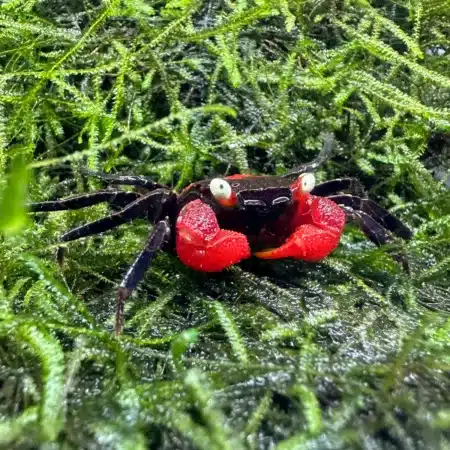 Red Devil Vampire Crab - Geosesarma Hagen - Decapod Crustacean
Red Devil Vampire Crab - Geosesarma Hagen - Decapod Crustacean 



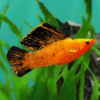
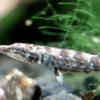


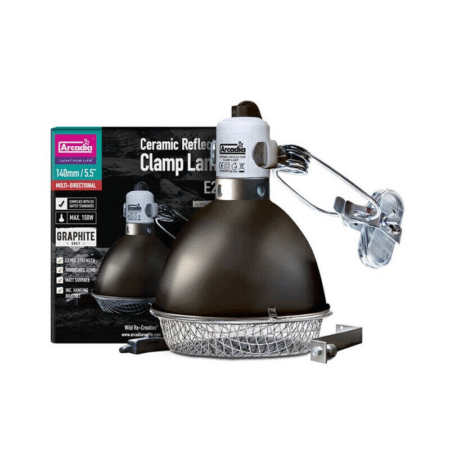
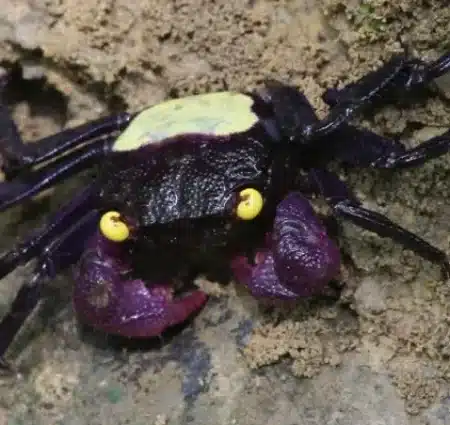







Emily Carter (verified owner) –
As a passionate fish parent, I couldn’t be happier with my purchase of the 2 Dalmatian Sailfin Mollies. These little beauties not only add a splash of color to my aquarium but also exhibit such lively and playful behavior! I introduced them to my 30-gallon freshwater tank about two weeks ago, and they’ve already settled in nicely. The patterns on their fins are stunning, and I love watching them swim around with their unique personalities.
Compared to other freshwater fish I’ve had, these mollies are incredibly sociable and interact well with my other tank mates, including guppies and tetras. I appreciate how adaptable they are and how they thrive in various water conditions.
One minor concern is that they can be a bit nippy when they’re feeling playful, so make sure to monitor them in a community tank. Overall, I would recommend these mollies for both novice and experienced aquarists looking for beautiful and engaging aquarium fish. Just make sure to provide enough space for them to swim around! I plan on getting more in the future!
Emily Carter (verified owner) –
I recently added 2 Dalmatian Sailfin Mollies to my community aquarium, and I couldn’t be happier! These beautiful freshwater fish have brought such life and vibrancy to my setup. After just a couple of weeks, they’ve settled in perfectly and are swimming around happily, showing off their stunning black and white patterns. I love how they thrive in a community setting—they get along with my guppies and neon tetras without any issues.
One of the best things about these mollies is their hardiness; they adapt well to different water conditions, which is perfect for someone like me who is still fine-tuning my tank’s environment. I did notice they can be a bit shy initially, so providing plenty of hiding spots helps them feel more secure.
I also appreciate how active they are during feeding time, which is such a joy to watch. If you’re a beginner looking to introduce some lively tropical fish to your aquarium, I highly recommend the Dalmatian Sailfin Mollies. They’re not just easy to care for but also incredibly fun to watch! Just be sure to keep an eye on water quality, as with all fish. I will definitely be purchasing more in the future!